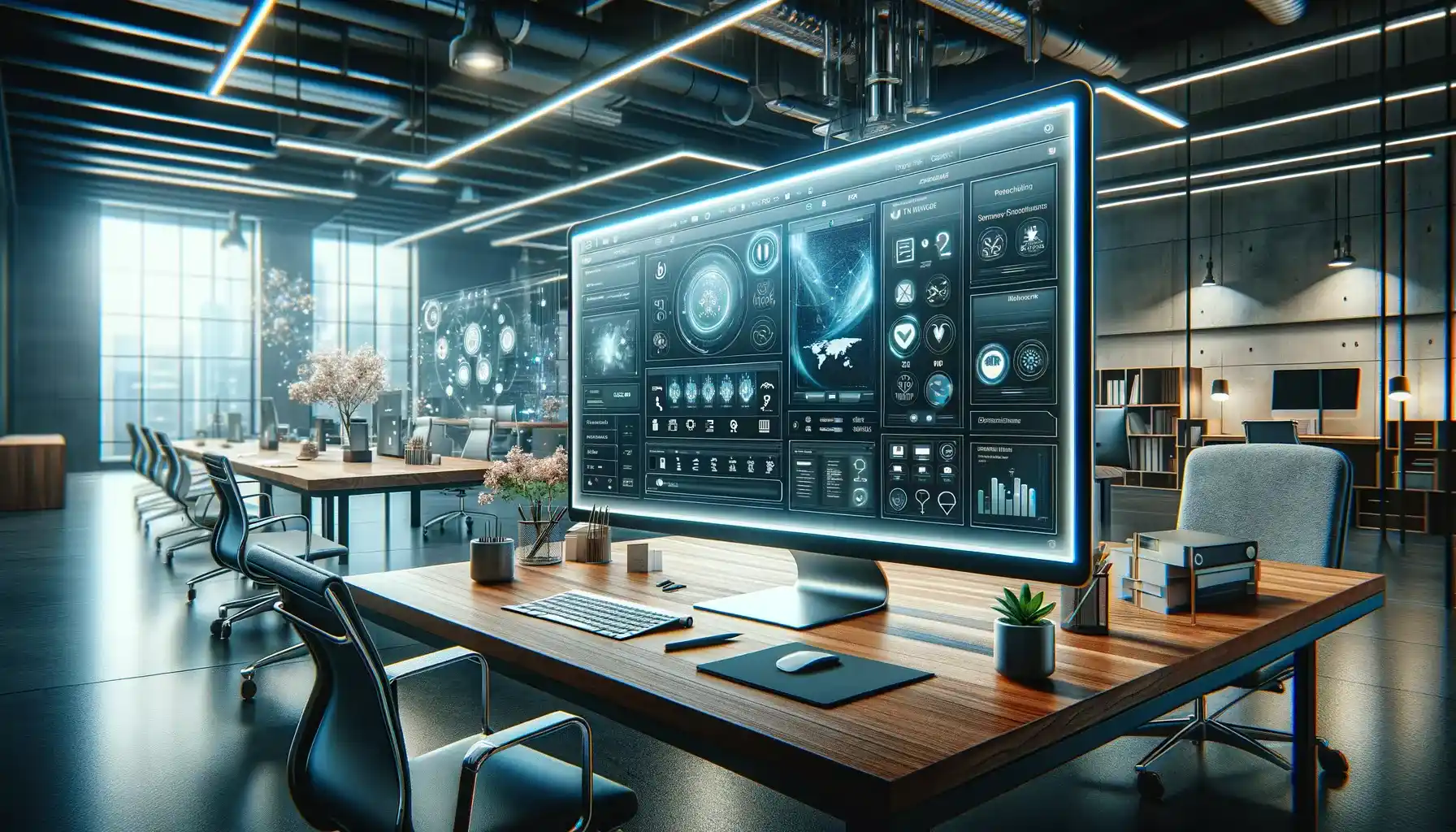Table of Contents
In today’s business landscape, enterprise software plays a pivotal role in driving productivity, efficiency, and innovation. However, the effectiveness of such software hinges greatly on the user experience it delivers. This article explores five dynamic strategies to enhance Enterprise Software User Experience (ESUE) and how implementing these strategies can lead to significant improvements in user satisfaction, productivity, and overall business success.
Understanding User Needs and Behaviors
- To optimize Enterprise Software User Experience, it’s crucial to begin by understanding the needs, preferences, and behaviors of the end-users.
- Conducting user research, surveys, and interviews can provide valuable insights into their workflows, pain points, and expectations.
- For Instance, observing how employees interact with current software solutions can uncover usability issues or features that are underutilized.
- By gaining a deep understanding of user needs, developers can tailor the software interface and functionality to better align with user requirements, ultimately enhancing the overall user experience.
Streamlining Navigation and Workflows

- One of the key elements of Enterprise Software User Experience is intuitive navigation and streamlined workflows.
- Complex menu structures, cluttered interfaces, and excessive clicks can hinder productivity and frustrate users.
- By simplifying navigation and optimizing workflows, developers can empower users to accomplish tasks more efficiently.
- For instance, implementing a clear and intuitive menu hierarchy, providing shortcuts for frequently performed actions, and minimizing unnecessary steps in processes can significantly improve user satisfaction and productivity.
- Additionally, incorporating features such as customizable dashboards and role-based access controls can further enhance the user experience by tailoring the software interface to individual user roles and preferences.
Prioritizing Accessibility and Inclusivity
- Accessibility is a critical aspect of Enterprise Software User Experience, ensuring that all users, including those with disabilities, can effectively interact with the software.
- Incorporating features such as keyboard navigation, screen reader compatibility, and color contrast options can make the software more accessible to a diverse range of users.
- Moreover, prioritizing inclusivity in design and development ensures that the software caters to users with varying levels of technical expertise and proficiency.
- For Instance, providing comprehensive documentation, tooltips, and contextual help features can assist users in navigating the software and performing tasks effectively, regardless of their skill level.
Continuous Iteration and Improvement

- Enterprise Software User Experience is not a one-time endeavor but rather an ongoing process of iteration and improvement.
- By gathering feedback from users and monitoring usage patterns, developers can identify areas for enhancement and iterate on the software iteratively. For instance, analyzing user feedback through surveys or feedback forms can highlight areas of dissatisfaction or feature requests that can be addressed in future updates.
- Additionally, leveraging analytics tools to track user interactions and engagement metrics can provide valuable insights into how users are interacting with the software and where improvements can be made.
- By continuously iterating and improving the software based on user feedback and usage data, developers can ensure that the user experience remains optimized and aligned with evolving user needs and preferences.
Embracing Emerging Technologies
- In today’s rapidly evolving digital landscape, incorporating emerging technologies such as artificial intelligence (AI), machine learning (ML), and augmented reality (AR) can greatly enhance Enterprise Software User Experience.
- For example, integrating AI-powered chatbots can provide instant support and assistance to users, reducing the need for manual intervention and improving overall user satisfaction. Similarly, leveraging ML algorithms to personalize user interfaces and recommend relevant content or features based on user behavior can create a more tailored and engaging user experience.
- Furthermore, exploring the potential of AR technologies to overlay contextual information or instructions onto real-world environments can enhance user productivity and efficiency, particularly in industries such as manufacturing or logistics.
- By embracing emerging technologies and leveraging them strategically to augment the user experience, developers can stay ahead of the curve and deliver innovative solutions that drive user adoption and satisfaction.
What are the Challenges of Enterprise Software User Experience Design?

Enterprise Software User Experience (ESUE) design often faces neglect compared to consumer-facing UX, yet it presents its own set of formidable challenges. Here, we delve into these distinctive hurdles:
- Conducting UX Research: Unlike consumer solutions, enterprise software user experience caters to buyers and users who may not always align with their needs and perspectives. This dichotomy complicates UX research, as designers must navigate between understanding executive priorities and user requirements, often leading to ambiguous insights
- Contextual Shift: Enterprise environments demand heightened focus and longer engagement compared to consumer settings. Designing Minimum Viable Products (MVPs) isn’t viable for enterprise software, as incomplete functionalities hinder goal achievement and user satisfaction
- Information Density Balancing: Enterprise applications are information-rich, risking overwhelming users with cognitive load. Simplifying interfaces by hiding information may lead to usability issues and impede task completion. Striking the right balance in information density poses a significant challenge for designers.
- Testing Challenges: Testing enterprise solutions proves arduous due to their tailored nature for specific organizations or domains. Securing dummy users for testing is challenging while engaging real users demands navigating busy schedules. Moreover, the disconnect between buyers and users complicates feedback collection and validation.
- Stakeholder Conflict: Diverging opinions among stakeholders, often with varying degrees of authority, can impede design decisions. In such scenarios, powerful stakeholders may sway decisions in favor of their preferences, regardless of user needs, leading to suboptimal solutions for end-users.
- Legacy System Integration: Enterprise systems frequently incorporate legacy software, presenting integration complexities. Migrating from outdated systems to a unified platform involves intricate mapping and reconciliation processes, making the transition cumbersome and resource-intensive.
Conclusion
Mastering Enterprise Software User Experience (ESUE) requires navigating a unique set of challenges inherent to the enterprise environment. Despite the prominence of consumer-facing UX, prioritizing ESUE is paramount for driving user satisfaction, productivity, and ultimately, organizational success.
Designers must address the complexities of conducting UX research in a landscape where buyer and user priorities often diverge. Balancing information density, contextual shifts, and stakeholder conflicts demands meticulous attention to detail and user-centric design principles.
Moreover, overcoming testing hurdles and integrating legacy systems underscores the importance of agility and adaptability in ESUE design. By recognizing and addressing these challenges head-on, organizations can unlock the full potential of their enterprise software, empowering users and driving competitive advantage in today’s digital landscape.